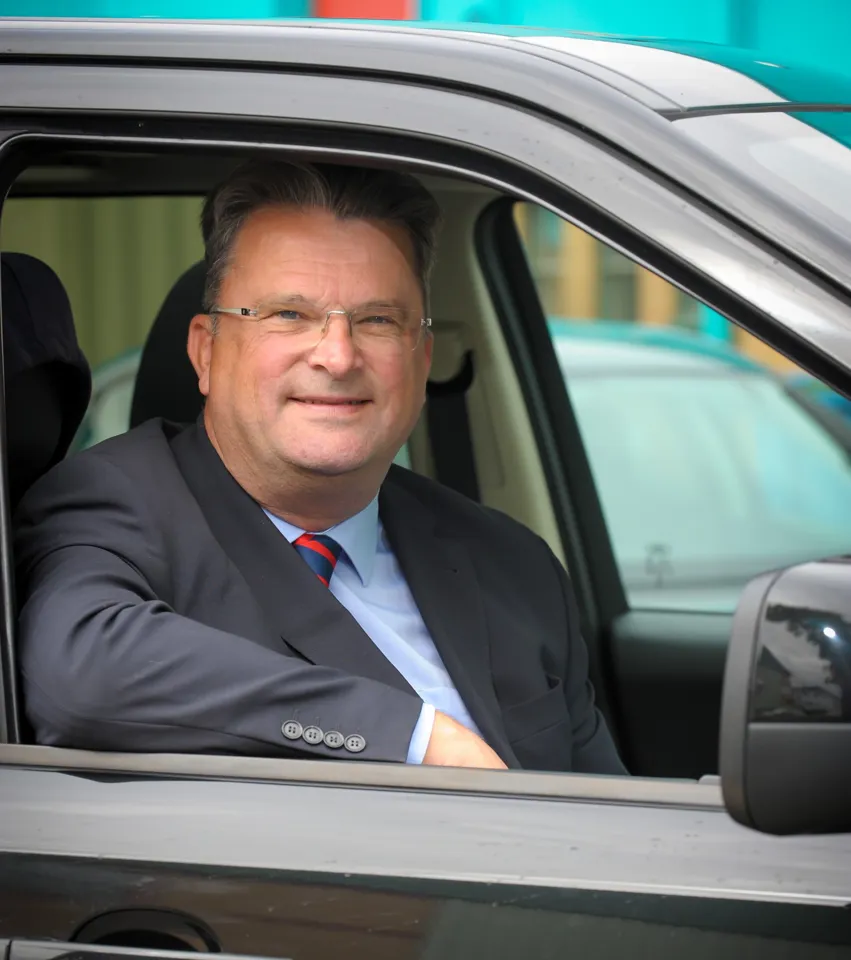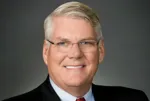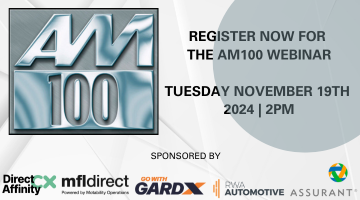Vehicle manufacturers need to engage in greater levels of ‘calibration collaboration’ to deal with the rectification of new advanced driver assistance systems (ADAS), if they are to assure a swift turnaround of accident repair work and avoid ‘bodyshop backlogs.’
I have been in the bodyshop business for more than 30 years and ADAS is yet another example of technology being ahead of the curve so that the rest of the industry has to play catch-up.
The dealership network and the bodyshop sector has long understood that the re-setting of intricate cameras and on-board computers in order to safely read the road requires specialist approved dealer technology.
But with the more models coming onto the market with ADAS technology we could be witnessing a ‘capacity crisis’ and potential delays to the repatriation of vehicles, as each calibration can add an additional day to the repair if not correctly factored into the bodyshop workflow equation.
Such delays could add to costs, including additional time for courtesy vehicles and increased insurance premiums, if new ADAS technology developments continued on their current trajectory.
The industry’s average key-to-key time is 17 days, although it can be achieved more quickly.
However, recalibration can significantly add to this time if not planned properly or factored in with other outstanding work.
Calibration requires running the vehicle on the road with a trained technician, carried out in a VM-approved hub or in the dealership which has the equipment to ensure the computer is reading the road correctly – if it’s a millimetre out, it could have serious safety implications for a vehicle going back to the customer and all the associated brand damage that would flow from such an oversight.
However, we could be looking at is capacity crisis looming here as dealerships will soon not be able to manage the increased volumes in a timely fashion because of the sheer numbers of recalibrations coming through.
This will mean inevitable delays or the subcontracting of recalibration work to other providers.
The danger here is that the work must only go to other VM-approved bodies, rather than some of the other calibration technologies coming onto the market.
Here, some bodyshops are being encouraged to buy, at high cost, a calibration software technology that has been reverse-engineered.
However, this has not been approved by the VMs and only covers part of the vehicle parc.
They have been told they will earn back the cost of the equipment and ongoing software costs by cashing in on the increased ADAS business and the fact that dealerships won’t have the capacity to deal with their own re-calibration work, let alone what comes via VM-approved bodyshops.
We have heard stories of bodyshops which have invested in the technology and now claim to be able to recalibrate vehicles in a matter of minutes, and not necessarily in the correct environments.
The results here cannot be trusted, and could even prove to be potentially dangerous.
ADAS is like a lot of current digital technologies in that its development is running ahead of the technical and regulatory framework required to protect the consumer.
The Law Commission has published a consultation on ADAS, but we are still unclear on the liability implications, as more businesses seek to exploit the commercial potential of the technology that will ultimately deliver us driverless cars.
We work with some of the UK’s major vehicle manufacturer-approved bodyshops, and we are calling for more ‘calibration collaboration’ between repairers and the vehicle manufacturers so a trusted and transparent liability audit-trail can be established.
Auto Windscreens, for example, has launched its own web-based service portal and vehicle manufacturer-approved recalibration service that can be offered via an Auto Windscreens hub or delivered at an agreed location via a mobile service.
This kind of initiative from a business that understands ADAS because many of the cameras are OE fitted into the windscreens, can help unblock the repair back-log and can be trusted because if there are problems with a specific recalibration, the customer can see a clear and unequivocal route to redress because it has the VM’s endorsement.
Author: Graham O’Neill, chief executive of ACIS














Login to comment
Comments
No comments have been made yet.